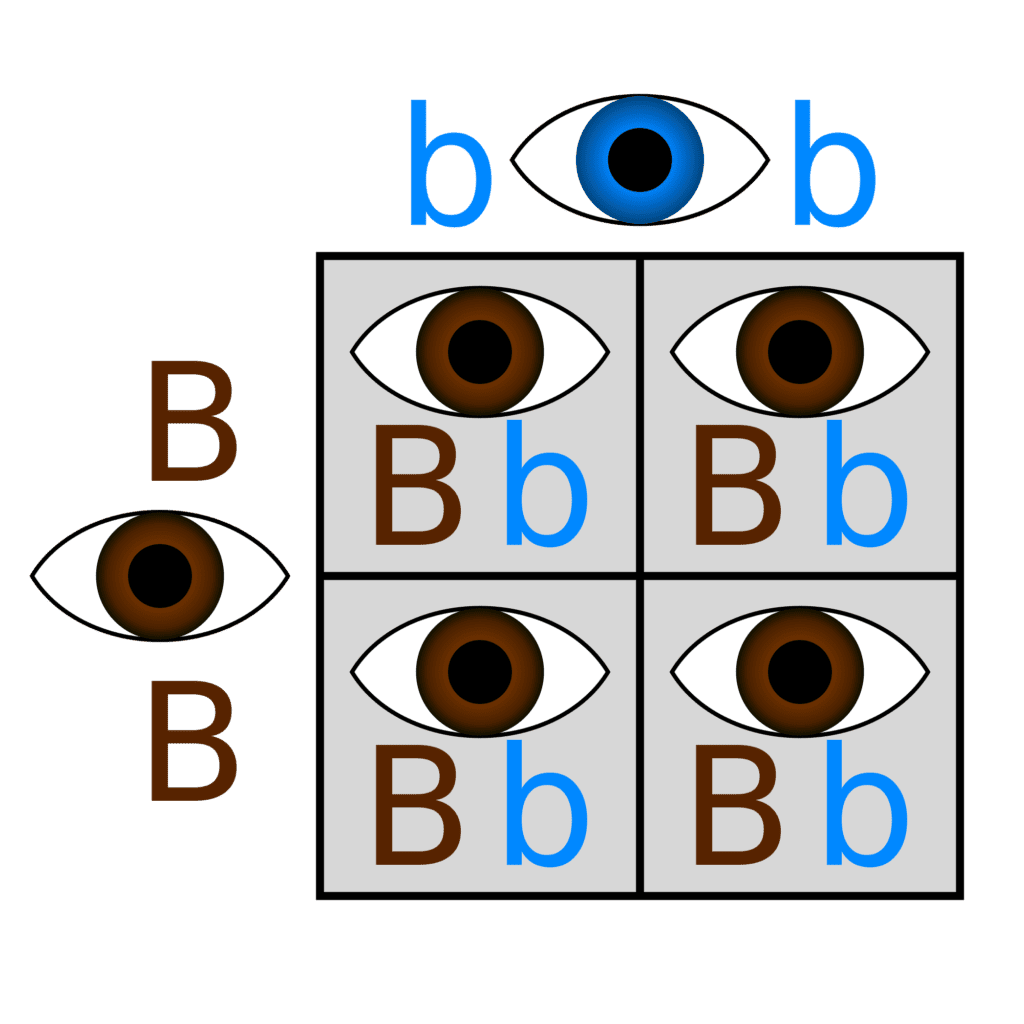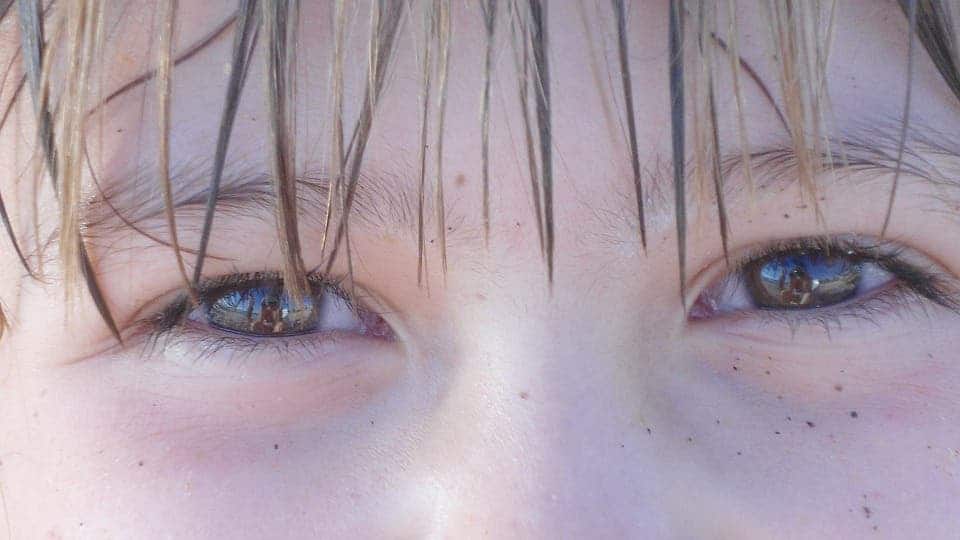Alleles are very important in determining every single characteristic that we have, from eye colour to metabolism. They determine which type of a trait you have, such as blue eye or a slow metabolism. One allele was given to you by your mother and the other by your father and there is a special way that determines what you will look like.
What is an allele?
First, to know what an allele is, you need to know what a gene is. A gene is a part of DNA that contains the information for a trait. For example, one gene could determine eye colour. Each gene adds a specific ingredient to the recipe that is your body. Genes are located at specific locations on a certain chromosome. Alleles are the different forms that the gene can take. Eyes can be blue, green, brown, and so on. We can make a comparison with ice-cream. The ice-cream flavour would be the gene, and chocolate, mint, vanilla, strawberry would be the alleles. Basically, the gene is the trait and the allele is the form that it takes.

You can’t talk about alleles without mentioning Gregor Mendel. He was a friar who lived in what is now the Czech Republic from 1822 to 1884. He basically discovered alleles and how they work with his experiments on pea plants. Mendel looked at different characteristics of pea plants, such as their size, flower colour, seed colour, and pea form. The friar took the different forms and bred them together. He found that when he bred two different types together, only one form of the characteristic was expressed. For example, when he bred a plant with green seeds with one with yellow seeds, it produced a plant with yellow seeds.
Each parent plant gives their offspring an allele. It is the same in humans. The parents pass their traits on to the next generation, half comes from the mother and half from the father. So the offspring ends up with two alleles.
Dominance and Recessiveness
There are different types of traits. When Mendel bred yellow seeded plants together, most of the offspring produced yellow seeds as expected. However, a few produced green seeds. He developed the theory that explains this occurrence, today called Mendelian Inheritance.
Each allele can be dominant or recessive. Let’s use the example of eye colour. The brown eye allele is dominant over the blue eye allele. The brown eye allele is represented by B and the blue eye by b. If there is at least one B allele then the eyes will be brown, the eyes will be blue only there are two blue alleles (bb). So if a mother has brown eyes (BB) and the father also has brown eyes (BB), then the child will have brown eyes (BB). If both parents have blue eyes (bb) then the child will also have blue eyes (bb). However, if the mom has blue eyes (bb) and the dad has brown eyes (BB) then the child will have brown eyes because brown is dominant over blue.

Maybe one parent has a brown allele (BB) and the other a blue allele (bb). If this is the case then, there is a ¾ chance that the child will have brown eyes (BB, Bb, Bb, bb). You can also have brown eyes and have a blue eye allele lurking behind (Bb), your child could then have blue eyes depending on your partner’s alleles. All in all, it doesn’t matter what your eyes look like, it depends on which alleles you have. Two partners with brown eyes (both Bb) could still have a child with blue eyes.

These alleles can also determine whether you get genetic diseases. Huntington disease, which causes the death of brain cells, requires one dominant allele to be expressed so parents give it directly to their children. In contrast, many genetic diseases are recessive so they can be in a family for generations without them knowing it. When two recessive alleles come together the child has the disease. Examples are albinism, cystic fibrosis, and sickle cell anemia.
It’s not always so simple as these examples, other traits might be interconnected. If you have one trait, it could affect whether you have other traits. And actually, eye colour is now known to be controlled by multiple genes. But here, in a nutshell, are the basics about alleles.






